There are 155,114 posts associated with the hashtag vulnerability on Instagram, alongside that hashtag should sit #scared, #whatamievendoing and, quite honestly, #amidoingthisright.
Whether you’re new to the act or a seasoned expert, the in-between moments of being vulnerable, by definition, can be unsettling. Brene Brown, an author and researcher on the topic, describes it as an act that prompts “uncertainty, risk and emotional exposure.”
And, yet, if you’re one of the many who has a hard time being vulnerable or who feels emotionally drained after they’ve done so, those uneasy feelings may lead you to believe that you’re doing something wrong.
The trendiness behind vulnerability simplifies the sacrosanctity of a process that is quite simple by definition: it’s a hodgepodge of steps that ask us, as individuals, to reach deep and then open up. It’s a process that is as interpersonal as it is intrapersonal. More than anything, being vulnerable demands being present in feelings that challenge you to set boundaries, vocalize thoughts you maybe wouldn’t have at another point in time or to admit to yourself the reasons why you’re feeling or expressing yourself the way you are.
In the thick of it, though, it’s admittedly difficult to remember that feeling uneasy when being vulnerable is natural, which is why below we’ve compiled a starter’s checklist that will help you stay anchored in your vulnerability and talk back to the voices in your head that suggest you’re doing something wrong.
Being selective with who you share with does not mean you’re doing vulnerability wrong.
It means that you’re valuing your stories for the worth they hold and deciding to share them with those who have earned your trust. It does not make you selfish to withhold certain facts from some and not from others; it means that you’re being as careful with your relationship with yourself as you are with the relationships you’re in with different people.
Being selective also means you’re very present in your relationships and in the expectations that exist within those. You aren’t doing vulnerability wrong if you decide certain ways or environments are best in which to share feelings you’re carrying close to your heart. You don’t learn to swim without a lifeguard present or by jumping in on the deep end of the pool; apply the same analogy to your life and how you express your own vulnerability.
It does not make you selfish to withhold certain facts from some and not from others; it means that you’re being as careful with your relationship with yourself as you are with the relationships you’re in with different people.
It doesn’t cheapen the experience to pick and choose what you want to be vulnerable about.
This daily reminder to express vulnerability on your own terms can bring you into vulnerability even more. One of the best lessons learned in therapy is anchored in the concept that there are different friends for different moments. The same applies to when you’re deciding on how to be vulnerable. Often on social media vulnerability is framed as an experience that happens without premeditation, and while this may be true for some, it’s not the golden rule all have to abide by.
If it helps you to set boundaries and have a clearer understanding of the parameters your relationships exist in, then it’s important to put those in place for the best manifestation of vulnerability in a relationship. Understanding with whom you’re comfortable sharing beforehand (and communicating within those relationships clearly) could actually help you avoid hurt feelings (yours or theirs) in the long run.
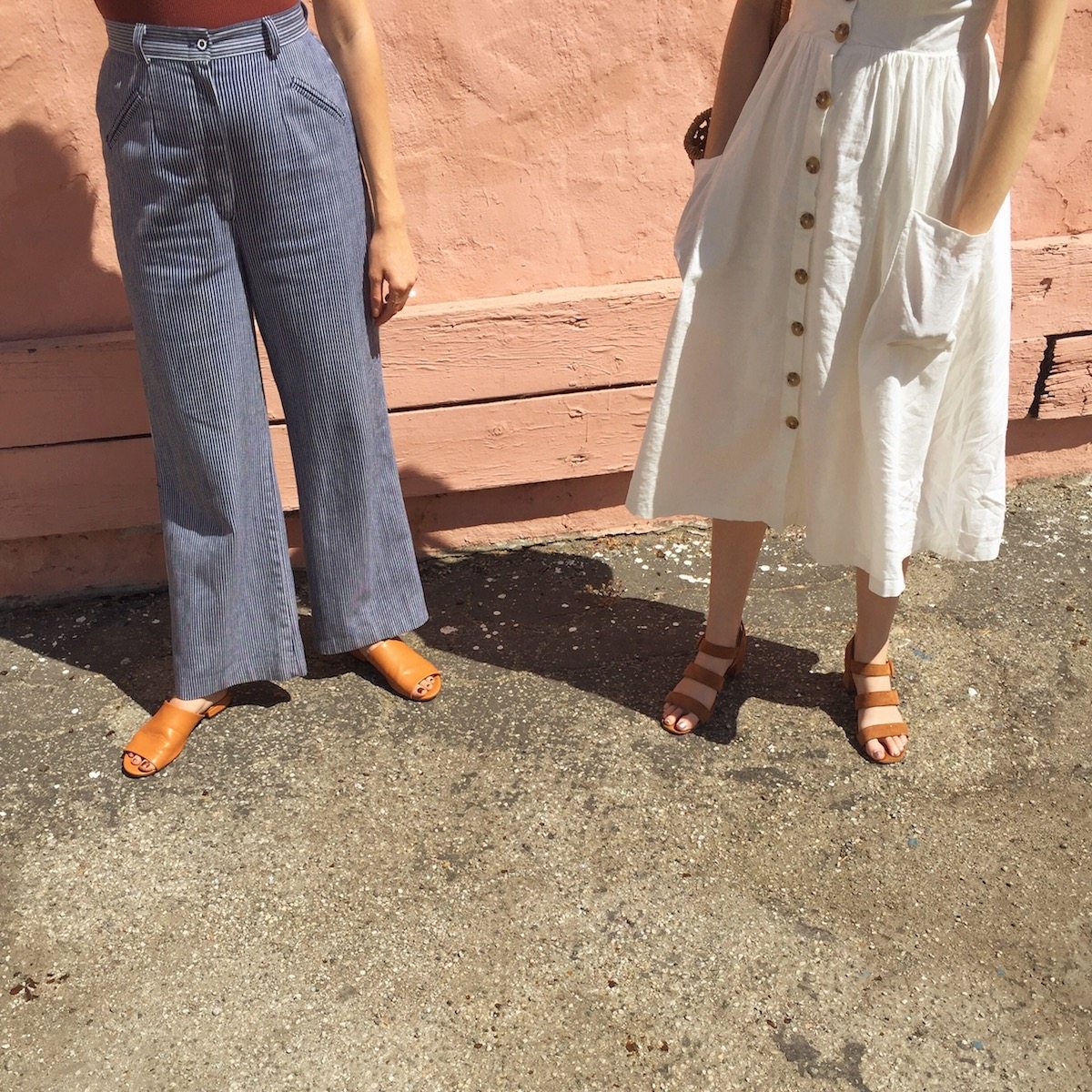
Your narrative is yours to give and take back.
A very good friend once shared with me that stories are yours to both share and stop sharing when you see fit, and that’s an anchor I’ve tapped into when being vulnerable.
In the age of posting more openly about mental health struggles and the like, it’s easy to get caught up in the concept that any one person, group or following is owed your story in perpetuity. Reminding yourself that stories are yours to stop sharing, especially when your own mental well-being is at stake, is incredibly important. The wonderful thing about vulnerability is that for as trendy and as immense as the word may seem, the act of being vulnerable is actually quite small and rooted in the ever-changing time and space you’re in.
Giving yourself permission to reel in personal stories or vulnerable moments means you’re doing everything right for yourself.
Being vulnerable means not doing it for the outcome, but for the process.
Even after you’ve developed trust with someone or arrived at a deeper level of self-awareness, the act of being vulnerable is frightening. It makes your palms sweat, your heart beat faster and fixes your brain and your heart on the present moment like very little else can. Those nerve-wracking, in-between moments are incredibly worth it because they remind you the middle is a powerful place to be. It’s in those moments when you feel peak bravery because the act is in no way attached to the outcome. You shared it for yourself and that in and of itself feels like more than enough.
Regardless of the definition of vulnerability anyone may subscribe to, this is what holds true: being vulnerable is an act done for one’s self. It is the highest level of self-care and intimacy because it involves being honest and turning that honesty into something tangible, whether you’re sharing with another person or writing in a journal. This definition also frees you from anyone else’s standard for vulnerability — it is yours to take on, take care of and embrace.
How do you decide how to exercise your vulnerability?
Images via Emily Benziger

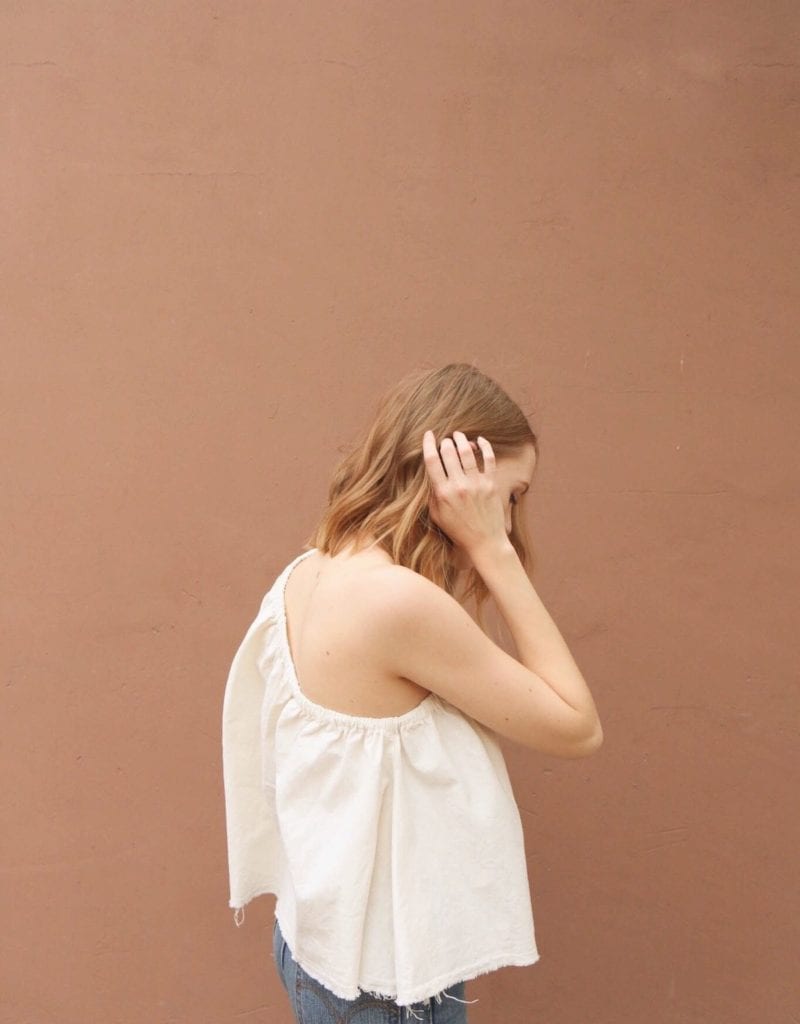
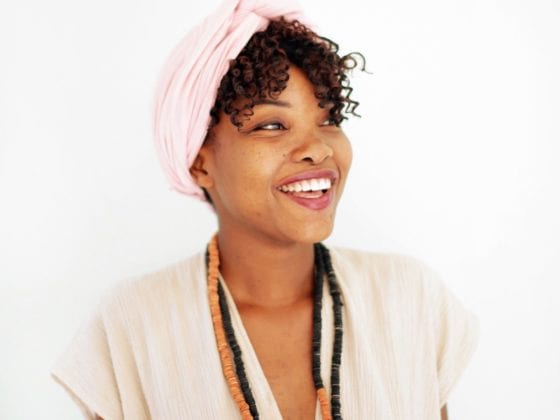
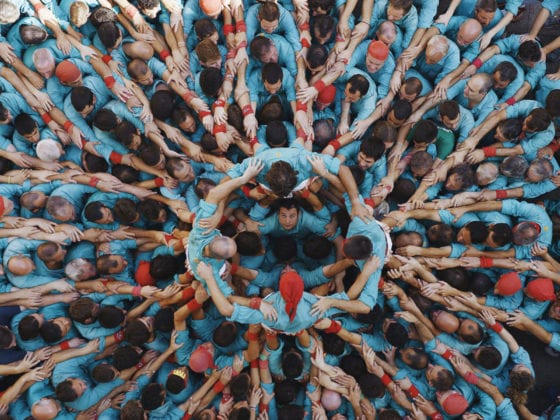
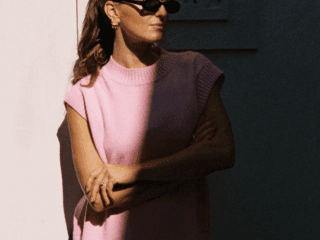






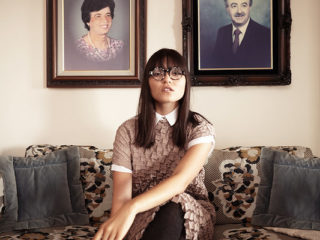
4 comments
I am a fairly honest and open person, yet, in an effort to be perceived as strong or ‘together’, at times I would opt out of opportunities to be vulnerable. It took me a while to realize that vulnerability leads to inner strength and wholeness.
Vulnerability requires courage and comes at the risk of being rejected, yet it is the quickest path to being known, understood, and relatable. At the end of the day, it’s what connects us — both to others and ourselves.
Exercising vulnerability for me looks like putting myself out there, without a guarantee of how things will turn out. Sometimes that looks like joining a group or going to an event where I won’t know anyone and may be in an awkward position but can also meet new people and make new friendships. Sometimes its asking an acquaintance whom you hope can be a friend to hangout without the certainty that they might blow you off, For me vulnerability has everything to do with relationships. Relationships with others and with myself. Sometimes I feel I owe it to a particular season in my life or experience I had to speak up, I’ve learned unspoken pain only breeds more pain. It is all about finding an appropriate time/ safe person/people to share it with. Thank you for this article! so relevant as “vulnerability” is becoming more of a trendy thing, but means so much more.
Hannah
http://www.recovering-hope.blogspot.com
Being vulnerable – and ultimately exposing someone else to my vulnerability – is still something I have yet to do. It just feels like every time I’ve opened up to someone, it’s bitten back at me one way or another. This is really helpful though. I like the last point, it’s great to keep in mind…
–
Charmaine Ng | Architecture & Lifestyle Blog
https://charmainenyw.com
Vivian, you are the reason I got invested in Darling, but more importantly you are the reason I started embracing my vulnerability without feeling that something was wrong with me. I am so thankful to you for sharing this – I hope more people benefit from it just the way I have. <3
https://nishitat.com/2017/07/08/are-you-worried-about-your-teeth-falling-out/